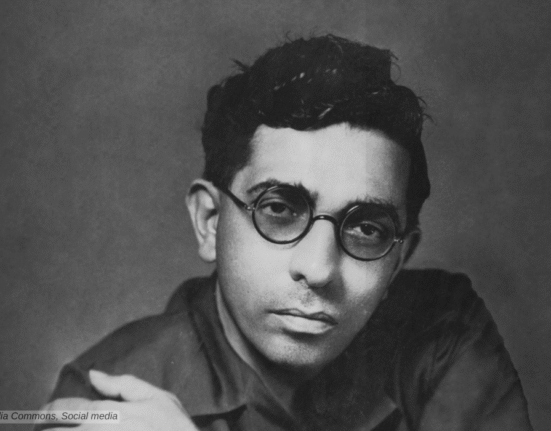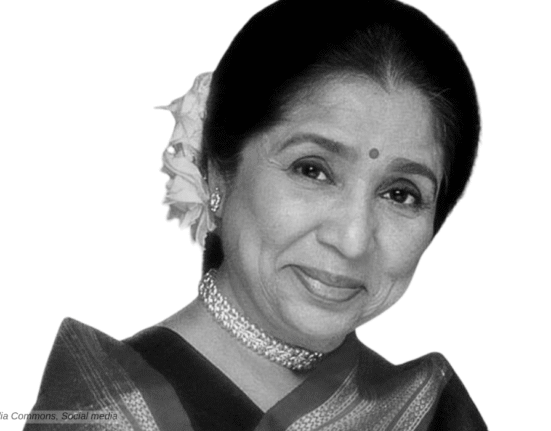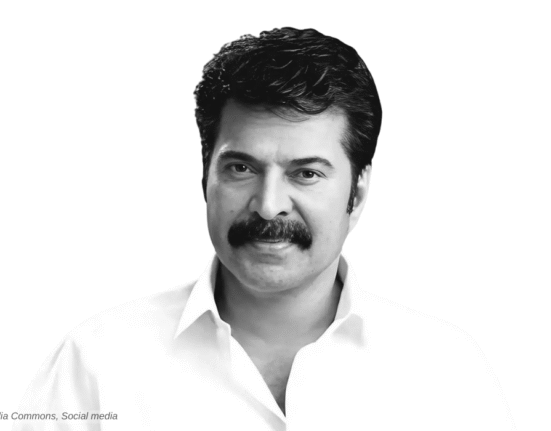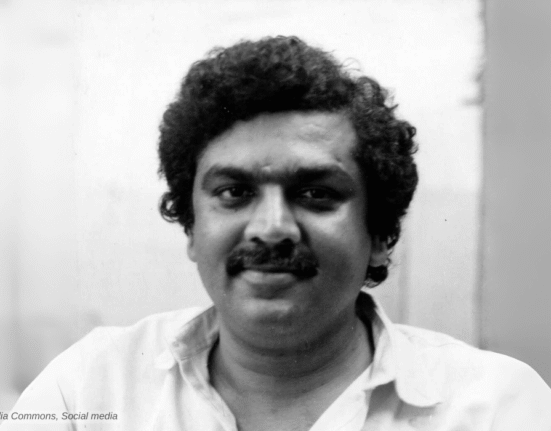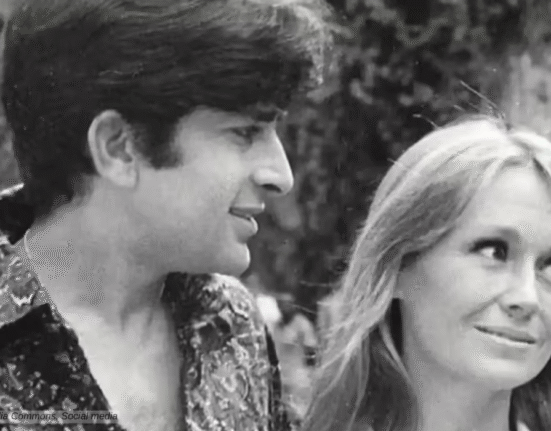Ardeshir Irani was a visionary who pioneered significant advancements in the world of moviemaking when he became responsible for the advent of sound in Indian films when he directed India’s first talkie, “Alam Ara,” in 1931. He was also the first person to make a color film in India, “Kisan Kanya (1936),” and was a visionary who pioneered significant advancements in the world of moviemaking.
Early Life
Ardeshir Irani was born on December 5, 1886, into a Parsi Zoroastrian family in Pune, India. His early life was marked by a keen interest in the arts, which led him to attend the Sir J. J. School of Art in Mumbai. Irani’s association with cinema began when he became the Indian representative of Universal Studios in 1905.
His passion for cinema led him to run the Alexander Cinema in Bombay alongside Abdulally Esoofally for over four decades. It was during this period that Irani honed his skills and developed a profound understanding of the art of filmmaking.
In 1924, Irani founded Majestic Films, where he collaborated with talented filmmakers like B.P. Mishra and Naval Gandhi. Despite its success, Majestic Films closed after producing fifteen films. Irani then established Royal Art Studios, which became famous for its romantic films. In 1925, he founded Imperial Films, where he made sixty-two films, solidifying his reputation as a leading filmmaker in Indian cinema.
The Legendary Career

In 1917, Ardeshir Irani made his entry into film production with his first silent feature film, Nala Damayanti, which was released in 1920.
In 1922, Ardeshir Irani teamed up with Bhogilal Dave, a graduate of the New York School of Photography, who had previously managed Dadasaheb Phalke’s Hindustan Films, to create Star Films. Their collaborative venture kicked off with the silent feature film “Veer Abhimanyu (1922),” in the same year, featuring Fatima Begum in a leading role. Together, they crafted seventeen films under the Star Films banner before deciding to part ways and dissolve their partnership.
Irani went on to direct many silent films, which include Vir Durgadhar (1924), Paap No Fej (1924), Bombay Ni Sethani (1924), Shahjehan (1924), Narsingh Dakoo (1925), Navalsha Hirji (1925), and Wild Cat of Bombay (1927). He also produced films like Champraj Hada (1923) and Pagal Premi (1926) in this period.
In the late 1920s, he met one of the earliest pioneers of Indian cinema, Dada Saheb Torne, who made India’s first feature film, “Shree Pundalik.” Torne advised him to start his own studio. With the help of Torne, Irani started Jyoti Studio and later The Imperial Film Company, which started producing films. After the super success of talkie films in Hollywood, Dadasaheb Torne realized that the next big thing in cinema would be talkie films. He imported talkie machinery from America and learned how to use it from American technicians.
Alam Ara
Irani, who was also thinking about the same, decided to use the expertise of Dadasaheb Torne to make India’s first talkie film, “Alam Ara (1932).” Ardeshir Irani directed the film starring Master Vithal and Zubeida. The historical fantasy film was an adaption of Joseph David’s Parsi play. The film tells the story two queens vying for power and love, heralding a new era in Indian cinema.
Released on March 14, 1931, it was brought to life on screen with a budget of ₹40,000. The film’s production faced unique challenges, particularly with sound recording. The studio, located near a railway track, necessitated filming mostly at night to avoid noise interference. The innovative use of microphones and musicians hidden from the camera’s view allowed for a seamless integration of dialogue and music.
The film’s music directors, Firozshah Mistry and B. Irani, composed the soundtrack, which included the first song in Indian cinema, “De de khuda ke naam pe,” sung live by Wazir Mohammed Khan, which became an instant hit.
Unfortunately, no prints of “Alam Ara” is available today, making it a lost film. However, its legacy endures through stills, posters, and the indelible mark it left on the Indian film industry.

Later Works Of Ardeshir Irani
The success of “Alam Ara” set the stage for the widespread adoption of sound in Indian cinema. Many of the Irani’s silent films later made into talkie films with the same cast and crew. He also made the first Indian English feature film, “Noor Jahan (1931).” He also made the first Persian talkie film, “Dokhtare Lor (1933).”

Irani’s commitment to innovation didn’t stop there. He went on to produce India’s first color film, Kisan Kanya (1937), adding a vibrant dimension to storytelling. His penchant for pushing the boundaries of cinematic technology made him a luminary in the industry.
Irani’s later films include “Draupadi (1931),” “Kalidas (1931),” “Narsih Mehta (1932),” “Shirin and Farhad (1934),” “Sita Haran (1934),” “Hamari Betiyan (1936),” and “Lavlo Nehar (1937).”
Throughout his career, Ardeshir Irani was known for his versatility, producing films in multiple languages, including Hindi, Telugu, English, German, Indonesian, Persian, Urdu, and Tamil. His entrepreneurial spirit was evident in his ownership of film theaters, a gramophone agency, and a car agency. Irani’s Imperial Films introduced a number of new actors and directors to Indian cinema, including Prithviraj Kapoor and Mehboob Khan.
Irani stopped making films in late 1939, as he felt that wartime was not suitable for the film business. After the war, he made the Bipin Gupta and Madhubala starrer “Pujari (1946).” It was directed by Aspi Irani. After that, he permanently retired from filmmaking.
Legacy
Ardeshir Irani passed away on October 14, 1969, but his contributions to Indian cinema continue to resonate. He was a pioneer who not only embraced the technological advancements of his time but also laid the foundation for future generations in the film industry.
Ardeshir Irani was not just a filmmaker but a true pioneer who transformed Indian cinema with his visionary approach. He dared to dream beyond the conventions of his time, bringing innovation and entertainment to audiences in ways that forever changed the industry. His lasting influence can be seen in every frame of Indian cinema, every song set to moving images, and in every burst of color that enriches the storytelling experience. Irani’s commitment to cinematic excellence has left an enduring legacy in Indian filmmaking.
Ardeshir Irani on IMDB





